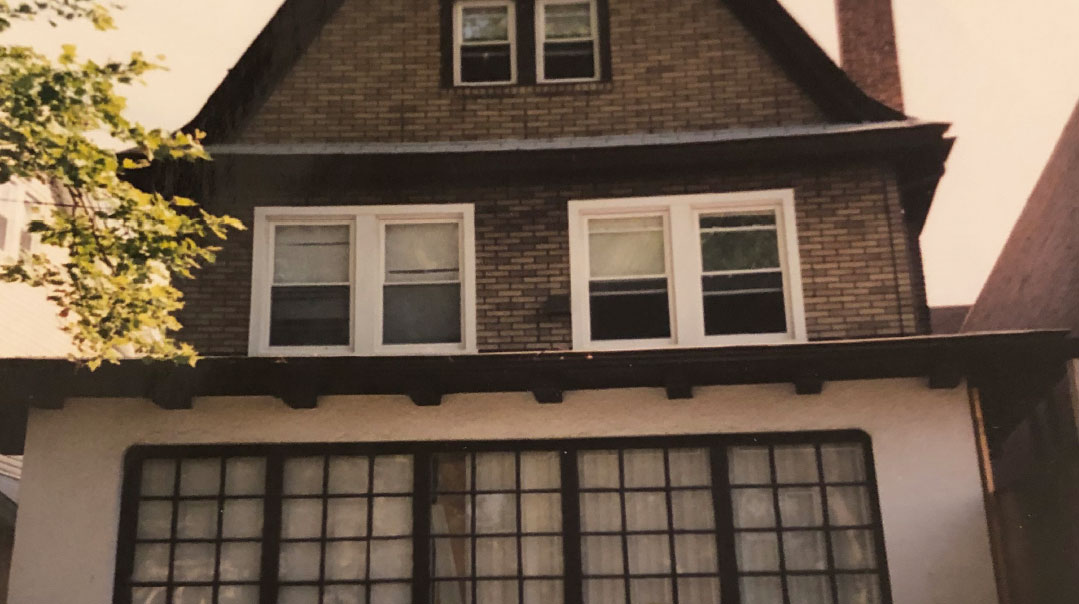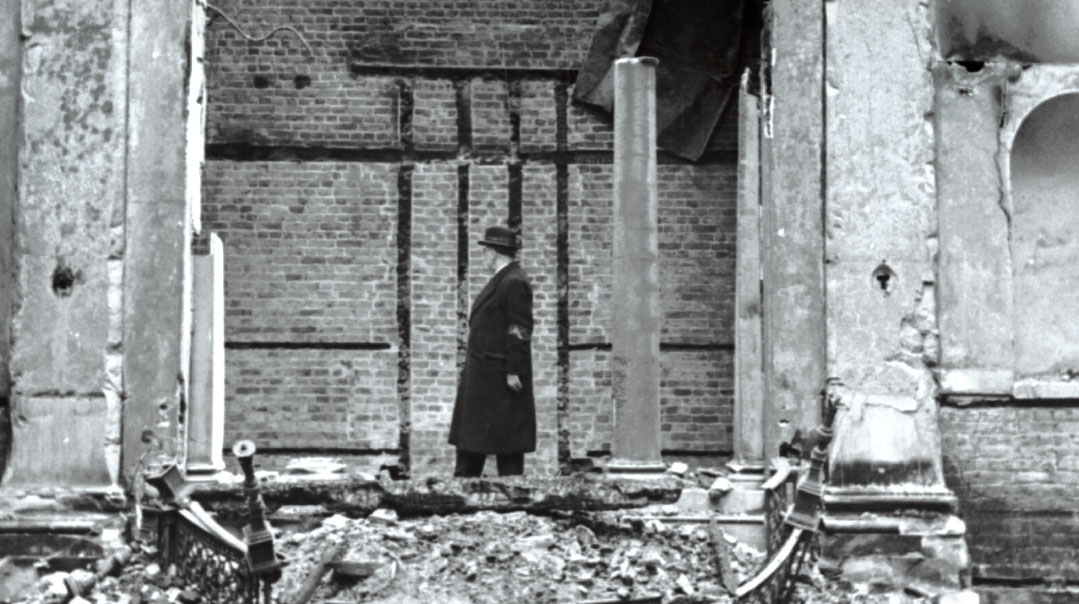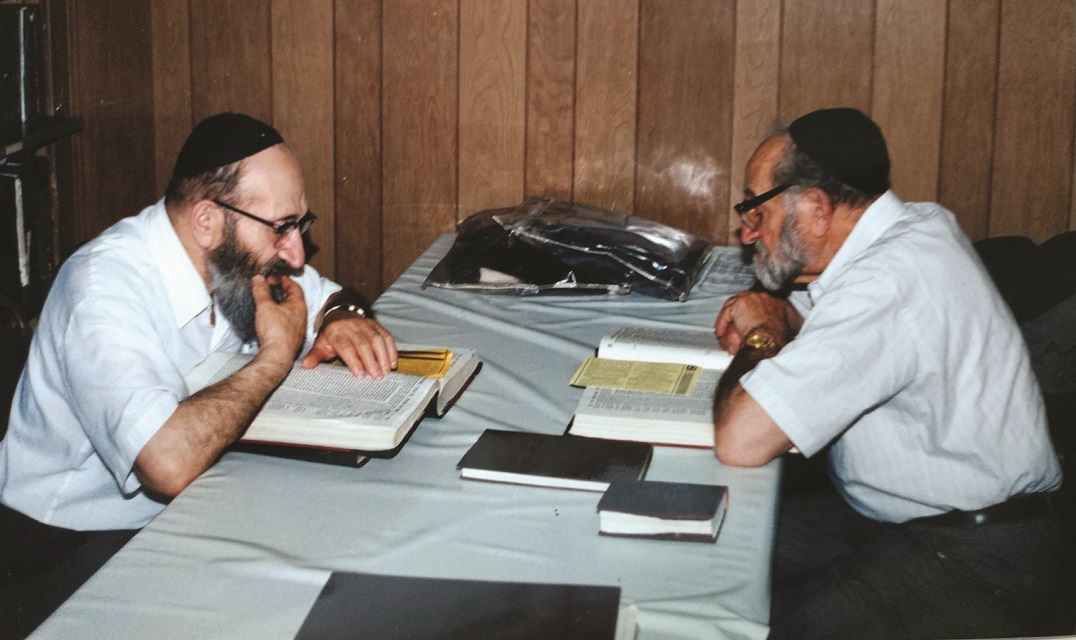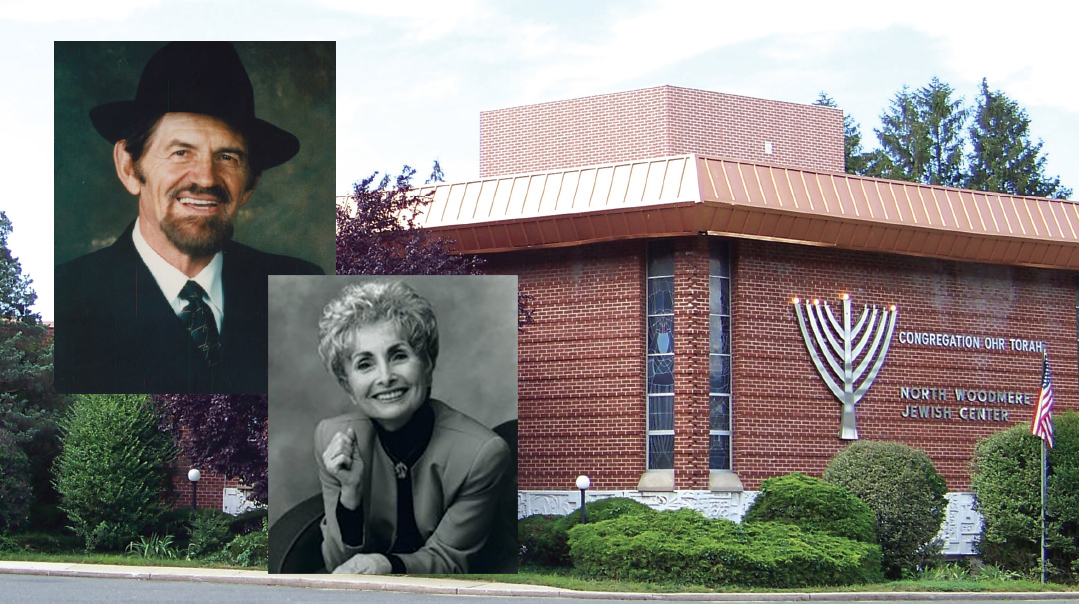Little Shul on the Prairie
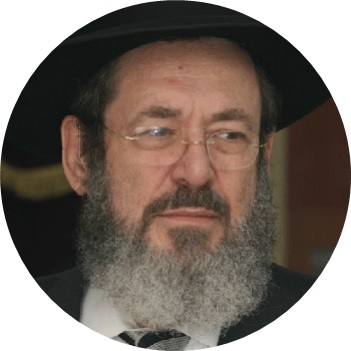
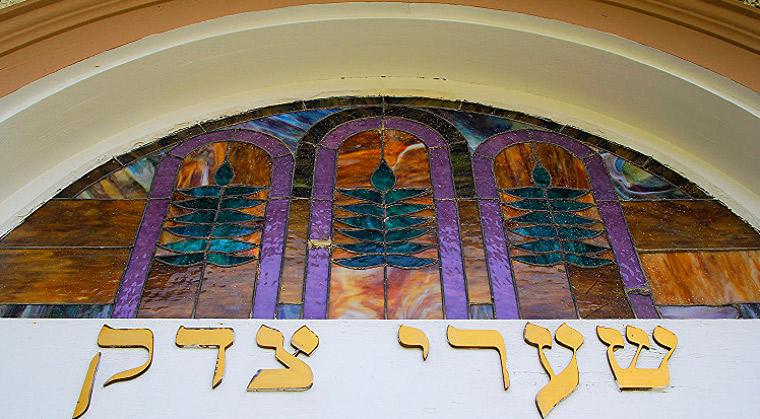
I
have passed my 80th birthday, and the recollections of my youth are now extremely vague.
The first years of my life were spent in Palestine under the British Mandate, on a seaside moshav olim called Neve Chaim, very close to Hadera. The only Jews who came in did so illegally. There was a tiny, tiny shul, of which my father was the rav. I don’t recall much of it except for its physical shape.
In 1948, for parnassah reasons, my parents moved to Spring Valley, Illinois, a hamlet about 100 miles southwest of Chicago in the center of coal country, with a population of about 5,000, then as now. The five Jewish families there kept a “traditional” level of observance — they kept kosher, but went to work after services on Shabbos morning. They hired my father, who at the time spoke only Yiddish and Hebrew, to officiate as rabbi and the shul’s “jack of all trades.” They paid him a small stipend and provided a car; for his primary income he would travel to nearby Rockford to work as a shochet.
These five families, including their children, managed to make a minyan every Friday night and Shabbos morning in their beloved shul, named Shaare Tzedek, that their great-grandparents had established in the 1880s. I.L. Steinberg — who also founded Steinberg’s Furniture, still in operation today — had been the leading force in establishing the shul 130 years ago. There was no question that everyone who was Jewish in Spring Valley was obligated to go to shul with their children, or else there would be no minyan. I remember that everyone was happy to do so because it was their shul and their only connection to Yiddishkeit.
When we arrived in Spring Valley, my parents sent me all alone, at age nine, to Torah Vodaath in New York, 1,000 miles away. Of course it did not work out. I came home and spent the next four years in public school. I had to wear a new baseball cap to school almost every day, because the old spinster teachers would always confiscate it. Hats were against the rules.
As rabbi, my father paid social calls to each of the five families a few times a week. I remember my father sending me with an esrog and lulav every morning during Chol Hamoed Succos to each household.
Family simchahs — birthdays, anniversaries, or bar mitzvahs — were held in shul with everyone in attendance. We were all each other’s extended family, and such events were marked by friendship and closeness. My bar mitzvah was held in the basement of our home next door. My mother cooked the entire meal for the whole “congregation.” After my bar mitzvah, my parents moved to Chicago to give my brothers and me a yeshivah education.
An incident that exemplified the intimacy of this Jewish community occurred when I was working at Steinberg’s Furniture during summer vacation. I accidentally ripped the linoleum on a roll. One of the non-Jewish workers told me he would ask the other four Jewish families to help me pay for the damage, which he did. But it was not necessary, because the store management gladly carried the loss.
One of Spring Valley’s five Jewish families was named Buckman, and they were scrap metal dealers. They had a son named Sidney who, almost every day, came to shul, where my father would learn Mishnayos with him and then teach him how to play chess. A few years ago, I received a call from a retired doctor in Chicago who identified himself as Dr. Buckman, a name from the past. Because we few Yidden in Spring Valley were all so close, I automatically remembered Dr. Buckman’s first name — Sidney. Against all odds, his son had become an Orthodox rabbi and educator. He also told me that the catalyst for him giving his children a day school and yeshivah education was the memory of my father in shul when he was growing up.
Today Spring Valley’s small Jewish community meets once a year on Yom Kippur for one nostalgic tefillah — without a minyan. Most have left town except for maybe two remaining families. Even Steinberg’s Furniture has moved to nearby Peru, Illinois.
The small stucco building of Shaare Tzedek still stands as testimony to the five families who kept a shul, a rabbi, kashrus, and whatever Yiddishkeit they could grasp onto for a century and a half. Its old aron hakodesh still houses the two original sifrei Torah bearing the Steinberg name on the mantlach.
May the memories that nurtured those original five families give their descendants a chance to perpetuate their heritage.
Rabbi Shneur Aisenstark is the dean of Beth Jacob Seminary of Montreal
(Originally featured in Mishpacha, Issue 718)
Oops! We could not locate your form.







